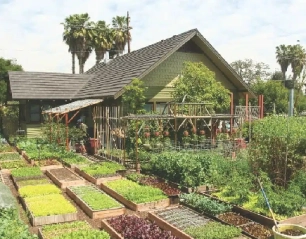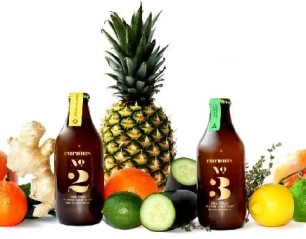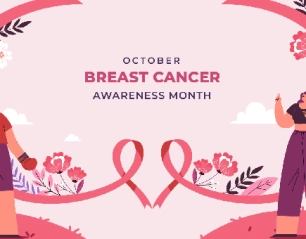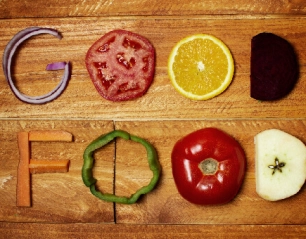When one is trying to incorporate more environmentally friendly and sustainable practises into their diet, the options available for seafood consumption can, to put it mildly, be quite confusing. It is a vast group of food that involves everything from farmed shrimp to wild-caught mackerel, and it can have a huge variety of affects on the environment, ranging from high carbon emissions to the adverse affects of overfishing, slaughtered bycatch, or antibiotic pollution. It is important to be aware of the environmental consequences of eating this type of food.
Many people who are interested in sustainable eating in a manner that is less harmful to the environment make the decision to completely avoid meat and instead opt for a vegetarian or vegan diet. However, certain types of seafood can be a source of food that is low in carbon, has a low impact on the environment, and is also healthful. In addition, if you are going to consume fish, it is imperative that you select options that are less harmful to the environment. This can make a significant impact.
Fish and other types of seafood account for a significant proportion of the world's total food supply. There were approximately 178 million tonnes caught or farmed in 2020, and this number is predicted to increase to 202 million tonnes in 2030, with aquaculture being the primary contributor to the increase. Since the 1960s, the annual seafood consumption of each individual on the planet has increased by a factor of two, reaching 20 kg per person.
Additionally, the sector is responsible for a significant number of job opportunities. There are approximately 59 million people whose livelihoods are directly dependent on the aquaculture and fisheries industries industry. However, when subsistence fishing and supplementary jobs are taken into account, there are approximately 600 million people whose livelihoods are at least partially dependent on the sector. This represents approximately one in every 13 people living on Earth.
There are around 3 billion people who rely on seafood as their primary source of protein, making it a very important source of protein as well as other necessary elements for people all over the world. On the other hand time, farmed and caught in the wild seafood continue to be a subject of enormous concern for a variety of issues ranging from labor protections and bycatch to the damage done to the ecosystem by trawlers as well as carbon dioxide and nitrogen pollution.
Seafood is one of the most widely traded commodities on the worldwide market yet, it is vitally important to ensure that it is not shipped away from the regional people who use it for nourishment; research has revealed that this is happening in a number of nations. Increasing the level of transparency surrounding the circulation of fish and including nutrition in trade agreements are two potential solutions to this problem.
Was this helpful?

















































































































